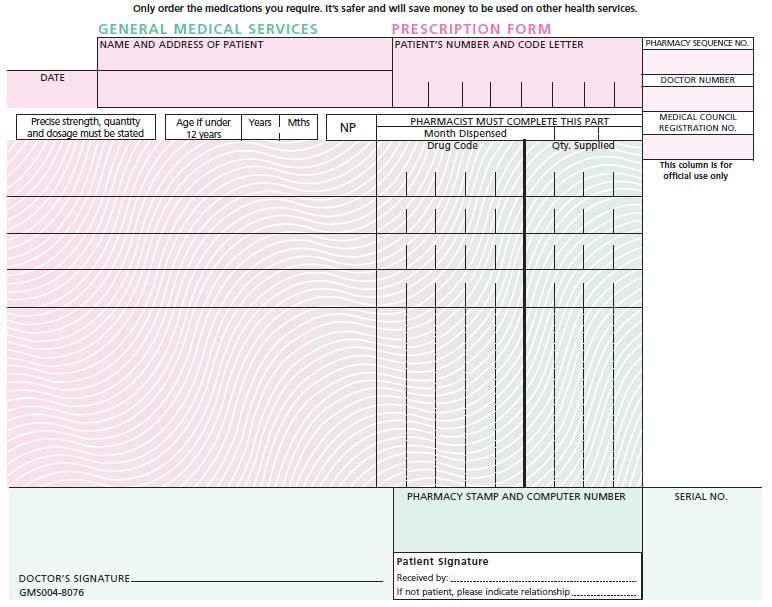In the ever-evolving landscape of healthcare, primary care reimbursement stands at a critical juncture, directly impacting the well-being of patients and the sustainability of healthcare providers. As the primary care crisis looms, the introduction of innovative healthcare payment models, like the prospective payment system utilized in ACO PC Flex, offers new hope. This initiative aims to increase funding for primary care while encouraging providers to focus on prevention and patient engagement, rather than volume of services. With accountable care organizations stepping in to tackle reimbursement challenges, experts believe a shift towards valuing primary care appropriately could bridge significant gaps in healthcare access and quality. Understanding the nuances of primary care reimbursement is essential for all stakeholders in the healthcare sector, as it will shape the future of patient care delivery.
The financial sustainability of the primary care system is an issue that has garnered increasing attention, as new reimbursement strategies emerge to address longstanding challenges. Various models of healthcare financing, such as the accountable care organization framework, seek to recalibrate the financial incentives for primary care providers. These innovative approaches, including prospective payment mechanisms, aim to shift the focus from quantity to quality of healthcare services delivered. As the industry grapples with a growing primary care crisis, understanding the implications of these payment models is critical for ensuring robust patient-centered care. A comprehensive review of alternative terms and their impact on the primary care landscape highlights the need for effective solutions to foster a healthier future for all.
The Primary Care Crisis in America
The United States is facing a significant primary care crisis, characterized by an increasing demand for appointments and a declining number of available primary care physicians. Major contributors to this issue include the overwhelming workload placed on clinicians, who are often pressed to see numerous patients in a limited timeframe due to corporate and insurance-driven pressures. These challenges create a bottleneck in care access, leading many patients to experience delays in receiving necessary treatment, significantly affecting overall health outcomes.
Another critical aspect of this crisis is the disparity in reimbursement rates. Compared to specialty care, primary care physicians often receive considerably lower compensation, which doesn’t reflect the crucial preventive and comprehensive services they provide. This misalignment of financial incentives pushes practitioners to favor procedural specialties over the broader primary care responsibilities, exacerbating the shortage of primary care providers and their availability for patients.
Frequently Asked Questions
What is primary care reimbursement and how does it impact healthcare payment models?
Primary care reimbursement refers to the compensation that primary care providers receive for their services. It significantly impacts healthcare payment models by determining the financial viability of primary care practices. With the rise of alternative payment models like accountable care organizations (ACOs) and the prospective payment system, primary care reimbursement is shifting from traditional fee-for-service to models that incentivize preventive care and cost-effective management of patient health.
How do accountable care organizations (ACOs) improve primary care reimbursement?
Accountable care organizations (ACOs) improve primary care reimbursement by offering a more sustainable payment structure. In an ACO framework, providers are motivated to deliver high-quality care while managing costs. This is achieved through shared savings incentives, where if ACOs spend less than a predetermined budget on patient care, they can share in the savings. This model encourages primary care physicians to focus more on outpatient care, reducing expensive hospital visits and enhancing overall patient health.
What are the benefits of the ACO PC Flex model for primary care reimbursement?
The ACO PC Flex model enhances primary care reimbursement by implementing a prospective payment system, where payments are made upfront based on historical averages in the area. This approach provides primary care providers with significant financial support prior to delivering services, allowing for investments in preventive care and better patient management. By incentivizing doctors to engage in meaningful patient interactions, ACO PC Flex aims to improve patient outcomes and reduce the overall cost of healthcare.
What challenges does the primary care crisis present for reimbursement models?
The primary care crisis, characterized by the shortage of primary care physicians and growing patient demand, presents several challenges for reimbursement models. Low reimbursement rates compared to specialty care discourage medical students from pursuing careers in primary care. Moreover, the high volume of patients expected in short appointment times leads to burnout among providers. To address these issues, innovative reimbursement strategies like ACOs and prospective payment systems are being explored to ensure that primary care remains viable and attractive.
How can the prospective payment system affect the financial landscape of primary care?
The prospective payment system, which involves paying primary care providers based on projected costs rather than services rendered, aims to transform the financial landscape of primary care. By providing upfront payments, this model helps ensure that providers can invest in necessary resources and preventive care strategies. It encourages a proactive approach to patient health management, potentially leading to reduced hospital admissions and lower healthcare costs overall.
Will ACO PC Flex impact primary care reimbursement for non-Medicare patients?
If successful, ACO PC Flex could have a significant impact on primary care reimbursement for non-Medicare patients. The innovative payment model designed for Medicare beneficiaries may encourage commercial insurance companies to adopt similar strategies, especially if it demonstrates savings through better patient outcomes and reduced hospitalizations. This could lead to a broader reevaluation of how primary care is funded across various healthcare systems.
| Key Points |
|---|
| U.S. primary care is in crisis due to increasing demand and doctor shortages. |
| The ACO PC Flex initiative aims to improve primary care financing by providing upfront payments to practices based on expected expenses. |
| Low reimbursement rates for primary care compared to specialists drive many physicians to seek higher patient volumes. |
| The ACO model incentivizes quality care and reduces unnecessary hospitalizations through shared savings. |
| Increased primary care spending is essential for better health outcomes and prevention of serious illnesses. |
| Success of ACO PC Flex may lead to similar models in private insurance and Medicaid, benefiting broader patient demographics. |
Summary
Primary care reimbursement has faced significant challenges, including low payment rates and high patient demand. However, initiatives like ACO PC Flex promise to reshape the landscape by providing upfront payments to primary care providers, focusing on preventive care and reducing hospital visits. If successful, this model could inspire reforms in both Medicare and Medicaid, enhancing the viability of primary care in America.



